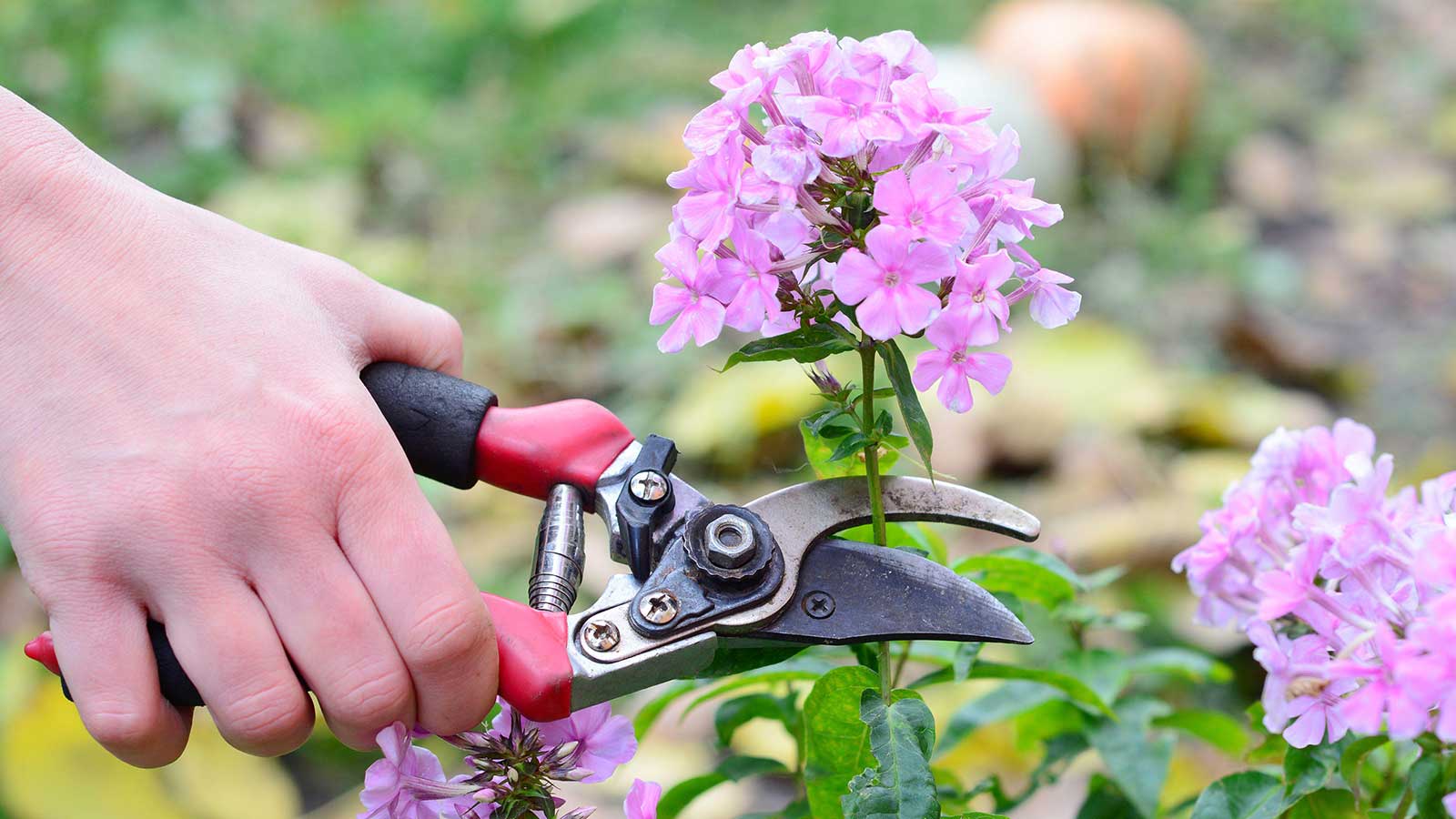
Deadheading is one of those so-called bread and butter gardening tasks that we are all advised to keep up with, and it is one that reaps benefits all summer long. It is the simplest form of pruning and once mastered your backyard will have never looked better.
Many plants require deadheading, from annual bedding plants to perennials that return to delight us year after year. It helps to prolong the flowering season, keeps our backyards full of color, and makes sure plants look neat all season long.
Although it might seem unkind removing flowers as they start to lose their lustre, it is doing your plants a huge favour, helping them to channel their energy into producing more blooms, rather than developing seed pods or hips. Here, we take an in-depth look at why deadheading should be a vital part of your summer gardening checklist.
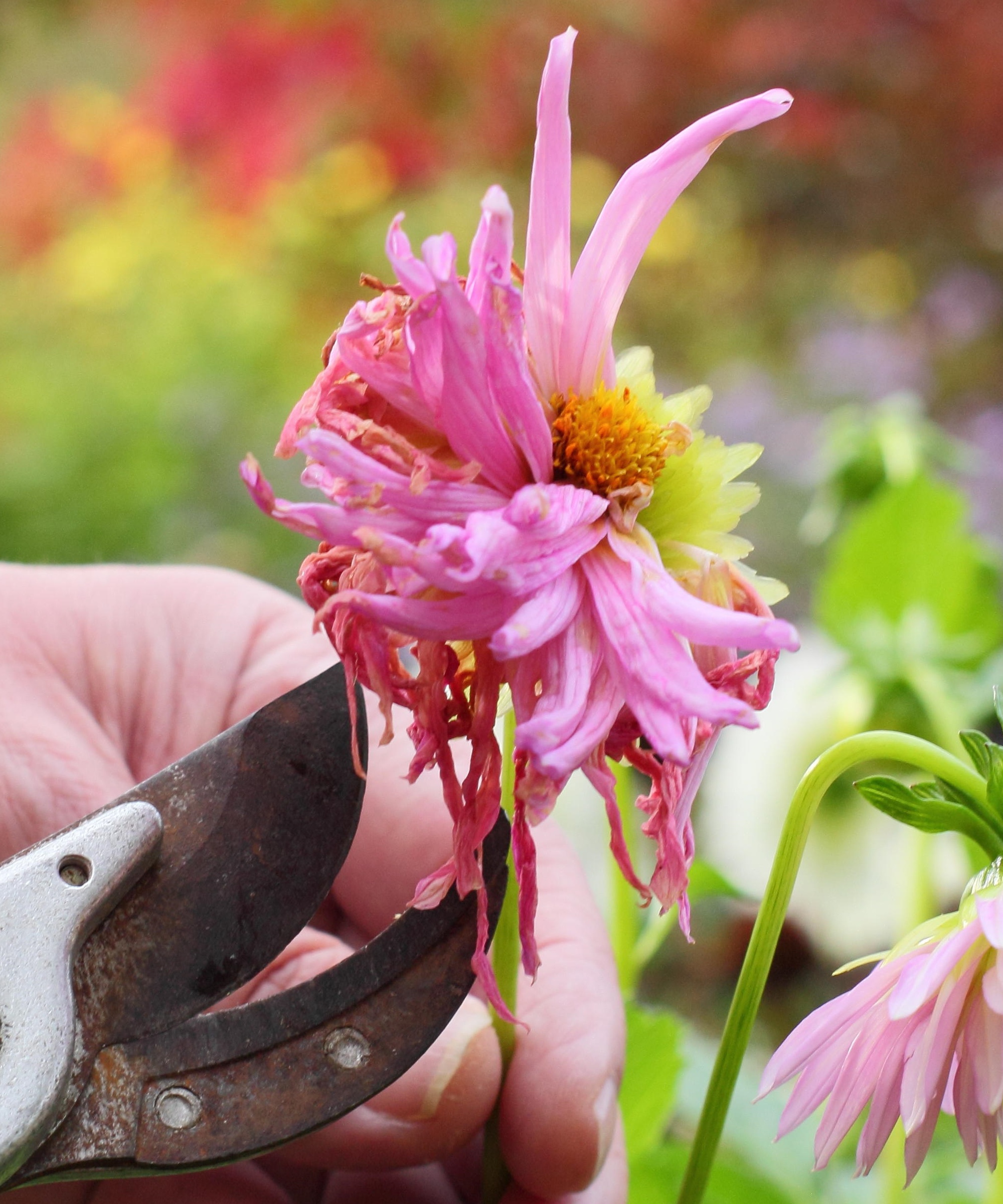
What is deadheading?
In the simplest terms, deadheading is the removal of a flower as it starts to fade.
Once past its prime, when the petals start to lose their life and color, the flowerhead is pinched or snipped off the plant and then added to the compost pile.
With most annual and bedding plants, as well as the best perennial varieties for borders and for pots, it is a continuous task throughout the summer to encourage a succession of fresh blooms all season and well into the fall.
Why is deadheading so important?
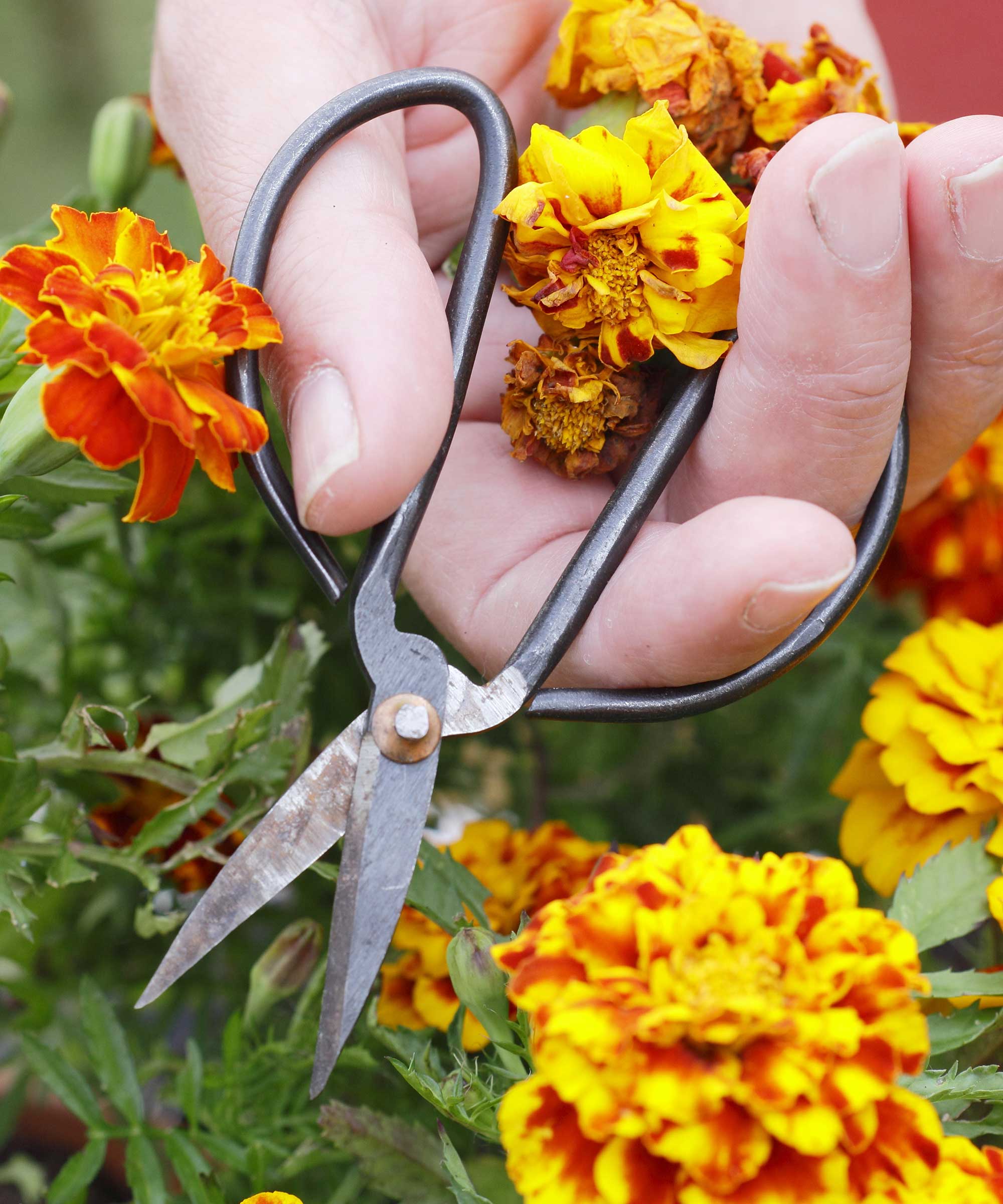
There are many reasons why deadheading is such an important task:
- It keeps the flowers coming for as long as possible throughout the summer.
- It stops plants exhausting themselves by putting all their energies into producing seeds early in the summer, and then dying without reaching their full potential.
- It allows us to give our plants a health check, to make sure there are no signs of pests or disease and if there are, to act accordingly.
- Deadheading also keeps plants looking shapely and helps to stop them outgrowing their space.
The science behind deadheading plants
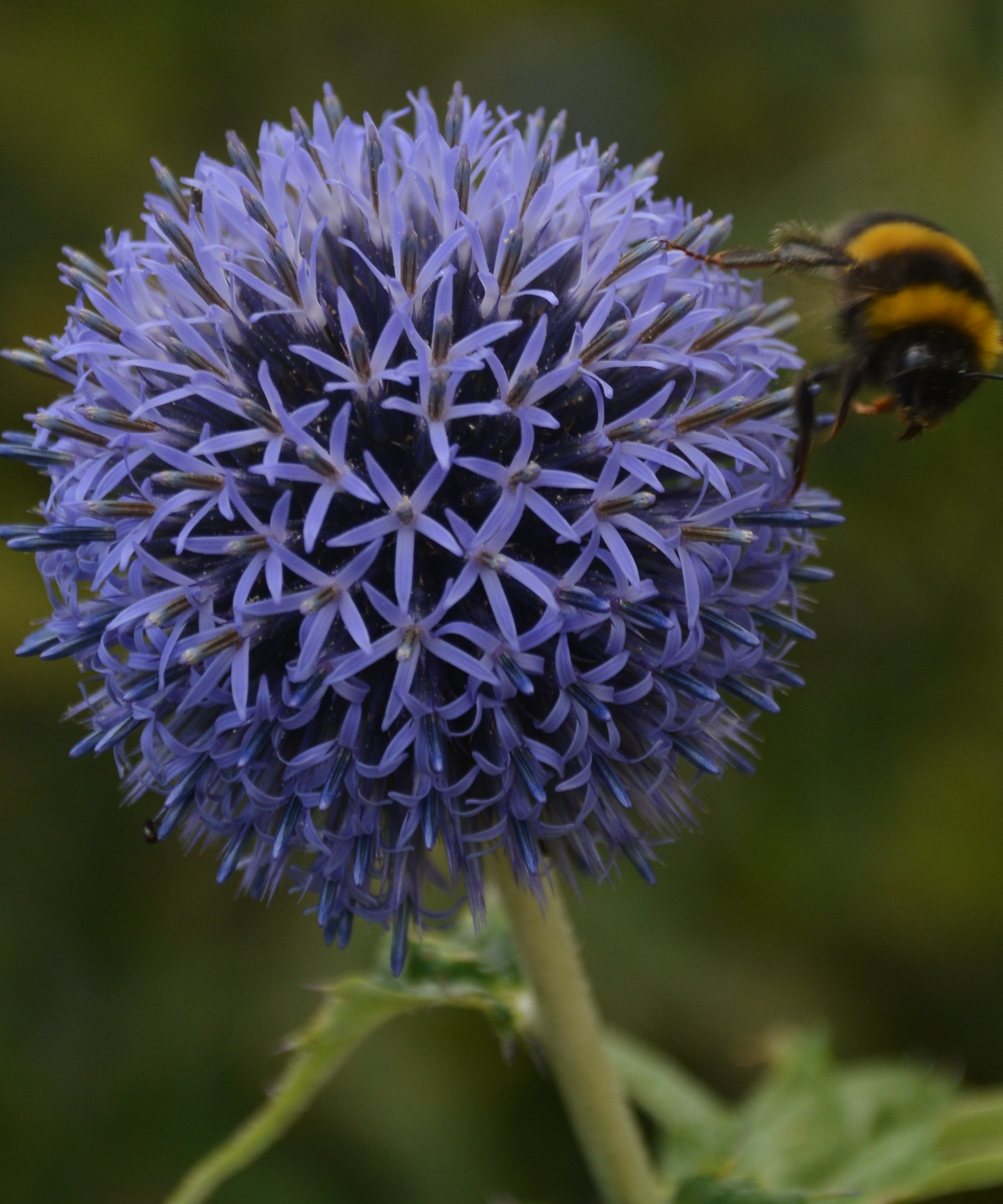
Plants flower in order to produce seed and ensure the next generation. Once they have produced seed pods they stop flowering - a common complaint among growers of sweet peas who don't deadhead regularly enough.
The more regularly we deadhead the more blooms they produce because removing the faded flower removes the potential for setting seed which ‘panics’ the plant into thinking it will die without reproducing.
It encourages plants to put their energy into producing more flowers instead of pouring it into making and ripening healthy seedheads.
Removing dead flowers also stops promiscuously self-seeding varieties such as echinacea (or coneflowers), pollinator friendly globe thistles and many of the fast-growing annuals such as love-in-a-mist (Nigella) from taking over borders with their offspring.
Many bedding and container plants such as petunias don’t need deadheading because they are sterile and don’t produce seedheads. However, it is good to remove spent flowers to keep them looking neat and to remove the potential of rotting.
Snipping off dead flowers of blowsy multi-petaled plants such as roses and camellias stops them losing petals all over the backyard. Plus, regularly deadheading long-flowering varieties such as dahlias can extend their season by several weeks.
How to deadhead different plants

The easiest way to deadhead petunias and other bedding and soft-stemmed plants is to use your fingers and thumb pinch or snap off the flowers with a little length of stem to keep them tidy.
For plants with tough or woody stems, use a garden knife, pruners like these 8in gonicc bypass pruners which are an Amazon best-seller, or smaller tools like these Fiskars micro-tip pruning snips from Amazon, which are ideal for reaching fiddly stems.
Simply cut away the dead petals and a length of stalk, and always make sure your cutting tools have been cleaned and sharpened as blunt, dirty blades will damage plant material and risk spreading disease - a deadheading mistake you will want to avoid. Clean them again after every use.
Showstopping alliums can be deadheaded by gently pulling the dried flower stems and heads from the soil. The larger varieties make exquisite indoor decorations or can be left to bring interest to the winter garden.
How often to deadhead plants
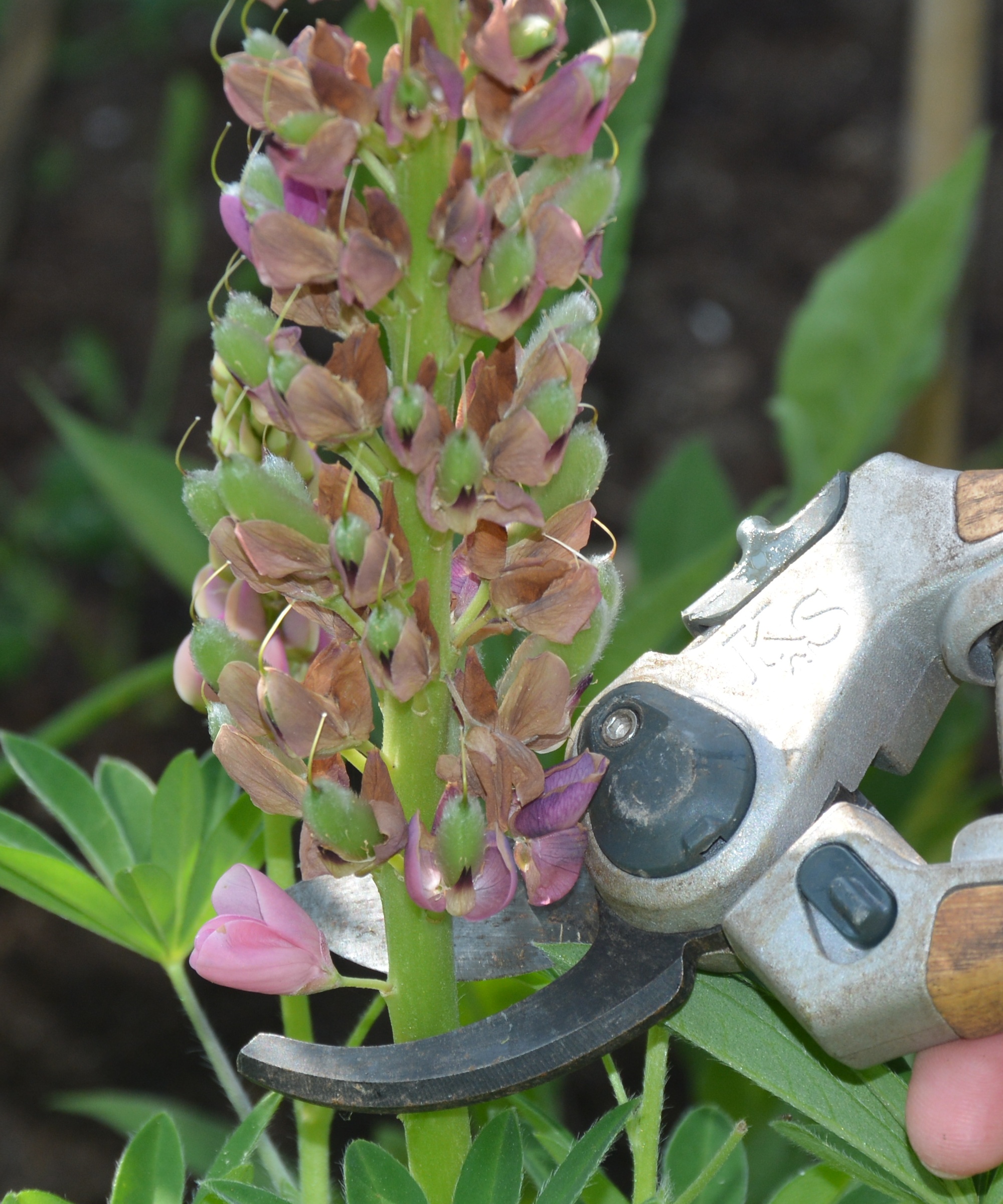
When many varieties, such as bedding plants, are flowering profusely in high summer you may need to check them every day.
Shrub and climbing roses should be deadheaded whenever the flowers fade, removing the dead flower and stem down to the next healthy set of leaves. Do this, and they will reward you with flowers all summer and well into the fall.
My ‘Gertrude Jekyll’, which is one of the best climbing rose varieties, often has three flushes of flowers each year and I often carry out the final deadheading in mid-November.
As with roses, the flowers of other border perennials should be removed as and when they start to fade. With varieties such as geums that produce more than one flower on their stems, take care you don't remove buds as well as the spent heads.
Rambling roses, however, only flower once and won’t bloom again after deadheading.
The flowering spikes of lupines and delphiniums should be cut right after they have bloomed in early summer. If you feed them afterwards they will hopefully produce a second, smaller burst of color later in the season.
Should I feed plants after deadheading?

Plants that are flowering consistently throughout the summer will need feeding as they go to keep them strong and healthy and optimise their blooming potential.
There are so many fertilizers available that choosing the right one can be daunting, but as a rule of thumb, repeat-flowering plants should be fed every 10-14 days with a high-potassium tomato fertilizer.
Shrubs and single-flowering plants should be fed with a general fertilizer after flowering to help strengthen them and prepare them for the fall and winter after they have expended energy in producing flowers.
FAQs
Should I always deadhead at the end of summer?
Many summer annuals are dug up and added to the compost if they are still healthy at the end of summer, but if you have a greenhouse or are in a warmer hardiness zone it is possible to give them a final deadhead, pot them up and overwinter them.
Architectural plants and varieties with interesting seedheads such as love-in-a-mist and agapanthus can be left standing in the fall to add interest to the winter garden.
It is also worth leaving seedheads such as sunflowers, fennel and teasel alone in the fall because their seeds provide food for garden birds. Consider leaving your last flush of climbing and rambling rose flowers alone too, as their colorful hips will add pops of bright color to the garden through the fall and winter.
Should I deadhead spring bulbs?
Spring bulbs including daffodils, tulips and hyacinths should always be deadheaded when their flowers fade, so that the plant puts its energy into feeding its bulb rather than producing seeds. The leaves of spring bulbs should never be cut back or knotted because as it withers and dies it also feeds the bulbs to ensure a good display the next year.
If you think the dying foliage looks unattractive or you need the space for summer plants, carefully lift the bulbs and either pot them up in general purpose potting soil or replant them somewhere out of the way to die back naturally.
Is deadheading the same as pinching out?
When it comes to pinching out, we remove the earliest flowering tips in spring so the plant puts its energy into strong bushy growth that will produce lots of blooms in summer. Deadheading comes at the other end of the cycle, when we have seen the successful results of our pinching and are encouraging our plants to produce more flowers later in life.
Can I deadhead when plants are in full bloom?
The only time I do this is when I'm preparing the backyard for going on vacation, because the last thing I want or need is to return home is a garden full of dead flowers and no buds.
Clump-forming perennials such as hardy geraniums and catmint can be sheared back after their first flowering. This keeps them neat, stops them flopping and growing over neighbouring plants and, most importantly, will encourage them to produce a second flush of flowers in later summer.







